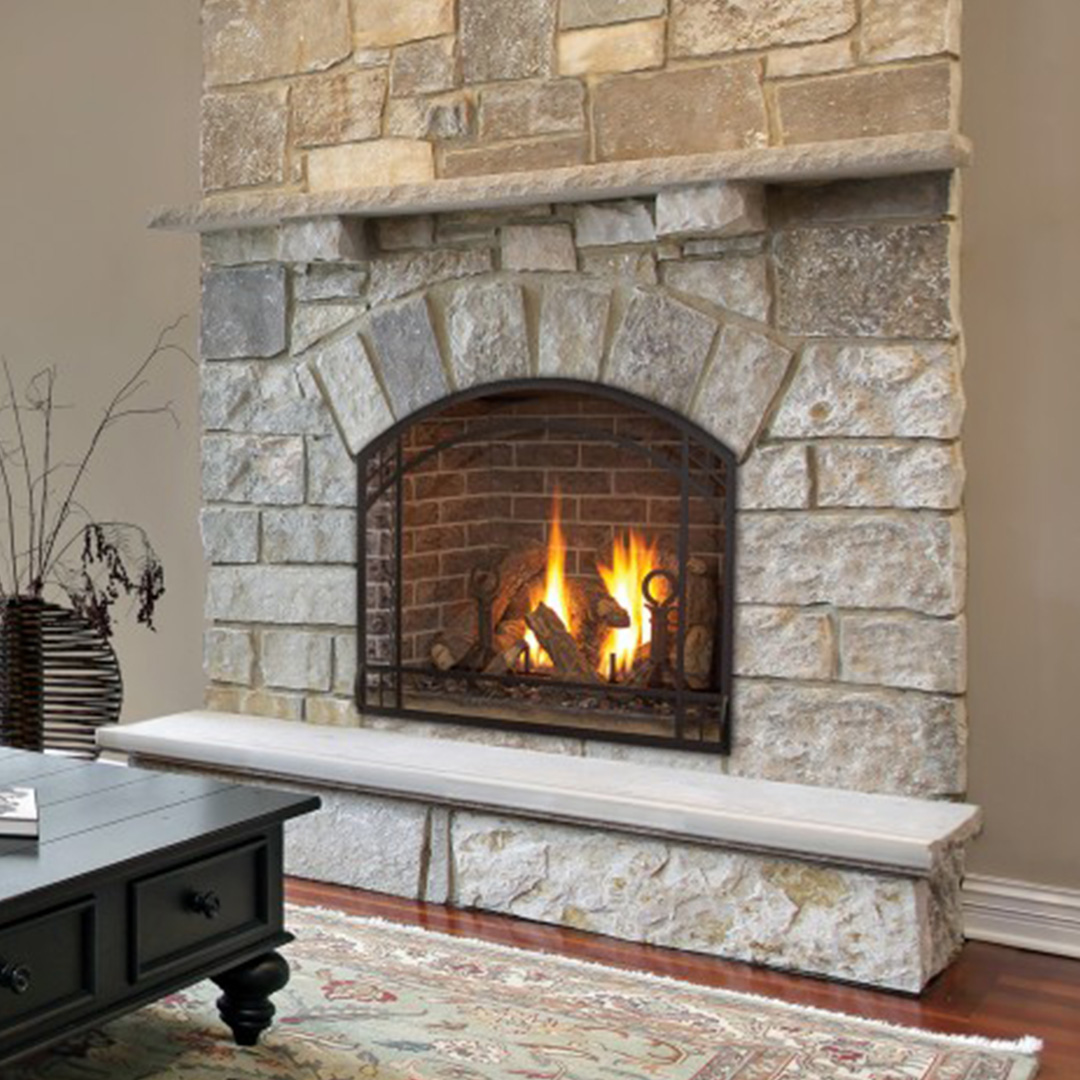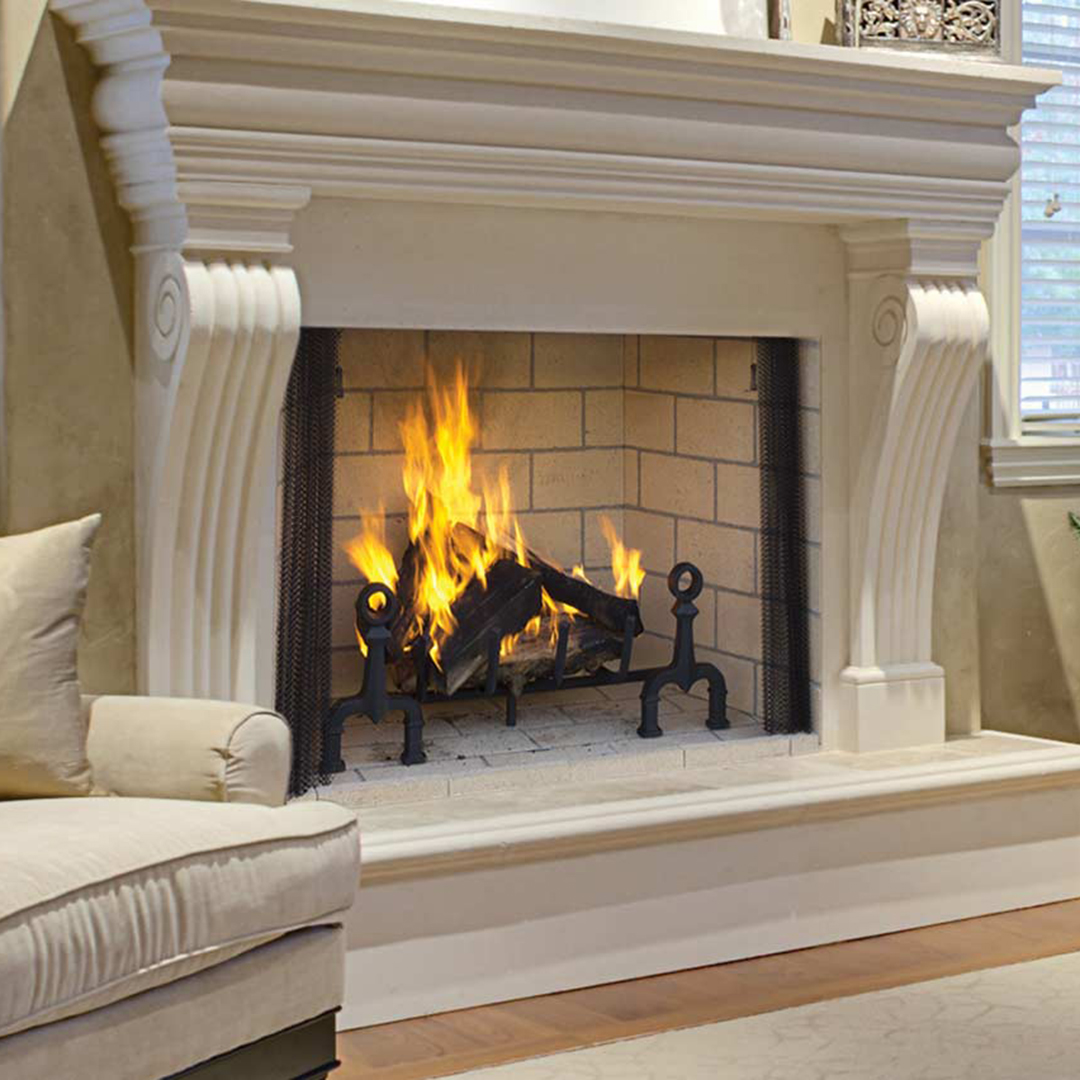Is Your Fireplace Filling Your Home With Smoke?
There isn’t anything quite like lighting up the fireplace on a cold, snowy winter evening. That is unless you wind up with a bunch of smoke in your living space! Smoke can lead to health issues, and there is no doubt that it creates an unpleasant atmosphere in your home. On top of all that, it seeps into your rugs, furniture, and curtains, leaving you with a less than desirable smell on your hands that is hard to get rid of.
So, what causes a smokey fireplace in the first place, and what can be done to eliminate the problem altogether? Here at Wells & Sons Chimney Service, we have the answers you’re looking for, and we can help you find the solutions you need to enjoy your fireplace to the fullest throughout these cold weeks ahead. Learn more below, then give our team a call right away – there’s no time to lose!
 Did You Open Your Damper?
Did You Open Your Damper?
One of the more common reasons homeowners get smoke in their living room is because they forgot to open the damper before getting the fire started. With so many steps in the fire-building process, it’s easy to miss one or two, so don’t beat yourself up if you realize this is the cause for your smoke-related worries.
Fortunately, there’s an easy fix to this one. Just open the damper up! This will give smoke and other fumes a clear pathway out of your home, ensuring your family stays safer and more comfortable, no matter what. Is your throat damper giving problems? These are often known to rust, corrode, and get stuck, which is why many are switching to top-sealing dampers. Talk with our experts about your options today!
Is Your Flue Warmed Up?
Another easy fix to smoke-related issues is to warm up your flue. If your chimney is too cold, the cool air will push back the warm air from your fire, sending smoke into your living space. All you have to do to avoid this problem down the line is simply take a rolled up piece of newspaper, light it, and hold it inside of your flue for a few minutes. Then, light your fire, and you should be good to go!
Is Your Home Too Tight?
Some homes, especially newer ones, are simply too well insulated, which can then affect the draft of your fireplace. This has to do with the stack effect. You see, in most homes, cold air will come in through various openings (such as the fireplace), slowly warm up, then rise and escape through gaps in the upper areas of your home.
Yet, if this air cannot escape, it affects the Neutral Pressure Plane in your home, meaning the air entering through your chimney will bring in some smoke with it. A quick fix is to open a window to let in some make-up air. As far as long-term solutions are concerned, we encourage you to give us a call, and we can take a look at your specific set-up. From there, we can figure out the best route to take.
Do You Have Clogs Or Build-Up?
If you call us in for a chimney inspection, we can note whether you have any creosote accumulation or other obstructions in your flue. Excess creosote can block smoke from effectively flowing out, and it will increase your chances of experiencing a chimney fire, too. Removing it is essential to both the health of your fireplace and the safety of your home and family.
There might also be nesting materials, leaves, twigs, and other outside debris lodged inside of your flue. We can remove it, then ensure you are equipped with a properly fitted chimney cap, which will prevent animals and other materials from entering your system again down the line.
 Are You Using Seasoned Wood?
Are You Using Seasoned Wood?
Wood that hasn’t properly dried out retains a lot of moisture, which needs to be burned through in order for a strong fire to eventually burn. This results in less heat entering your home, inefficiency, and – you guessed it – smoke in your living space.
Make sure the fuel you use has been seasoned for at least six months. It should be lightweight, shorter in length, darker in color, split at the end, and it will make a hollow, clunking noise when smacked against another piece.
Are Your Chimney’s Dimensions Hindering Airflow?
If the following solutions don’t work to relieve your draft and airflow issues, then the situation may be a bit more complicated than expected. Sometimes, the size or height of the chimney needs to be adjusted, in which case some reconstruction work will be necessary. Your structure could be too small, too big, or too short, but no matter the issue, our team is equipped to help you out.
Give us a call today, so that we can perform a thorough inspection, then figure out the best course of action. Our experts are experienced, certified, and ready to lend a hand!






 Did You Open Your Damper?
Did You Open Your Damper? Are You Using Seasoned Wood?
Are You Using Seasoned Wood?

